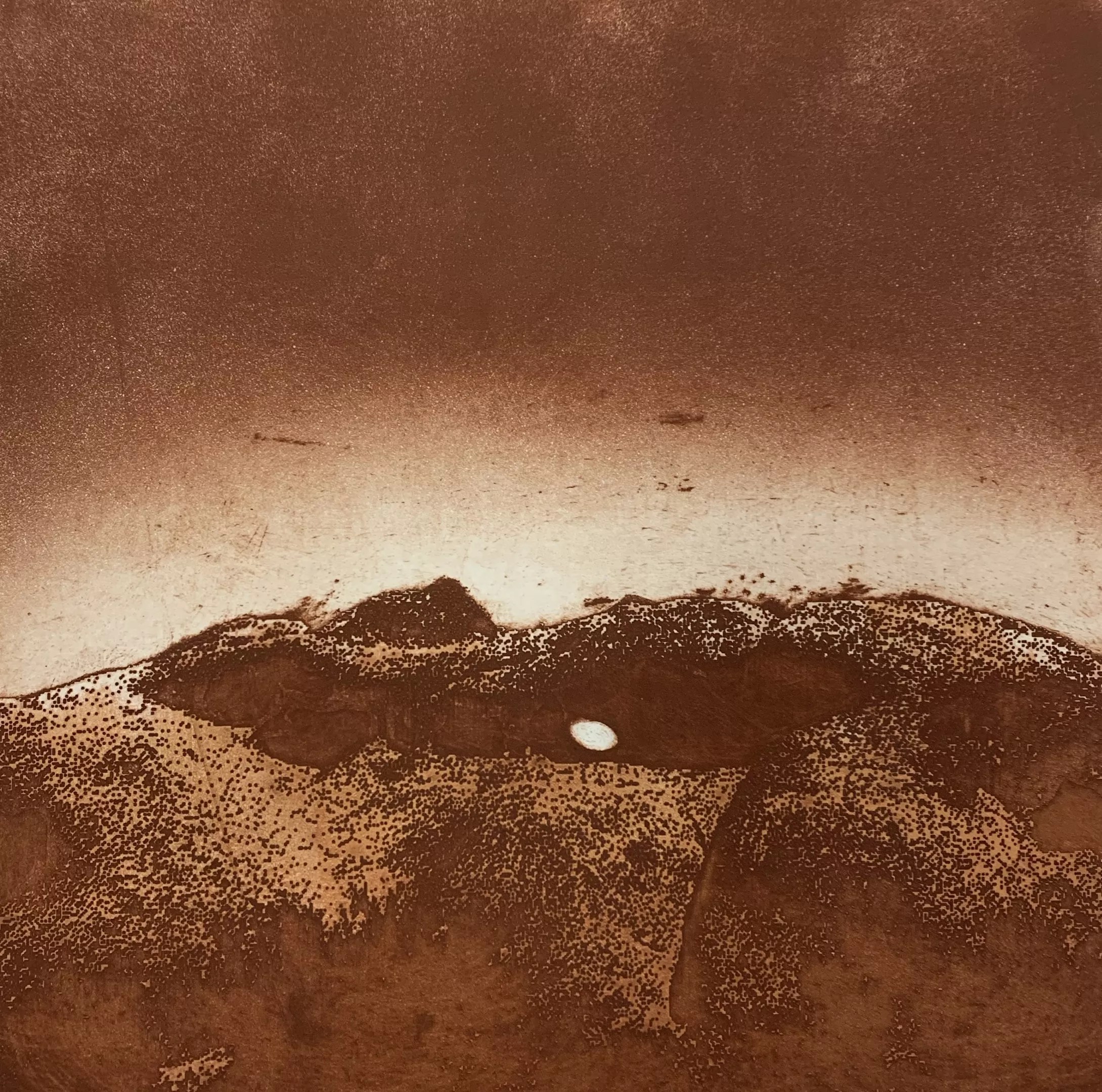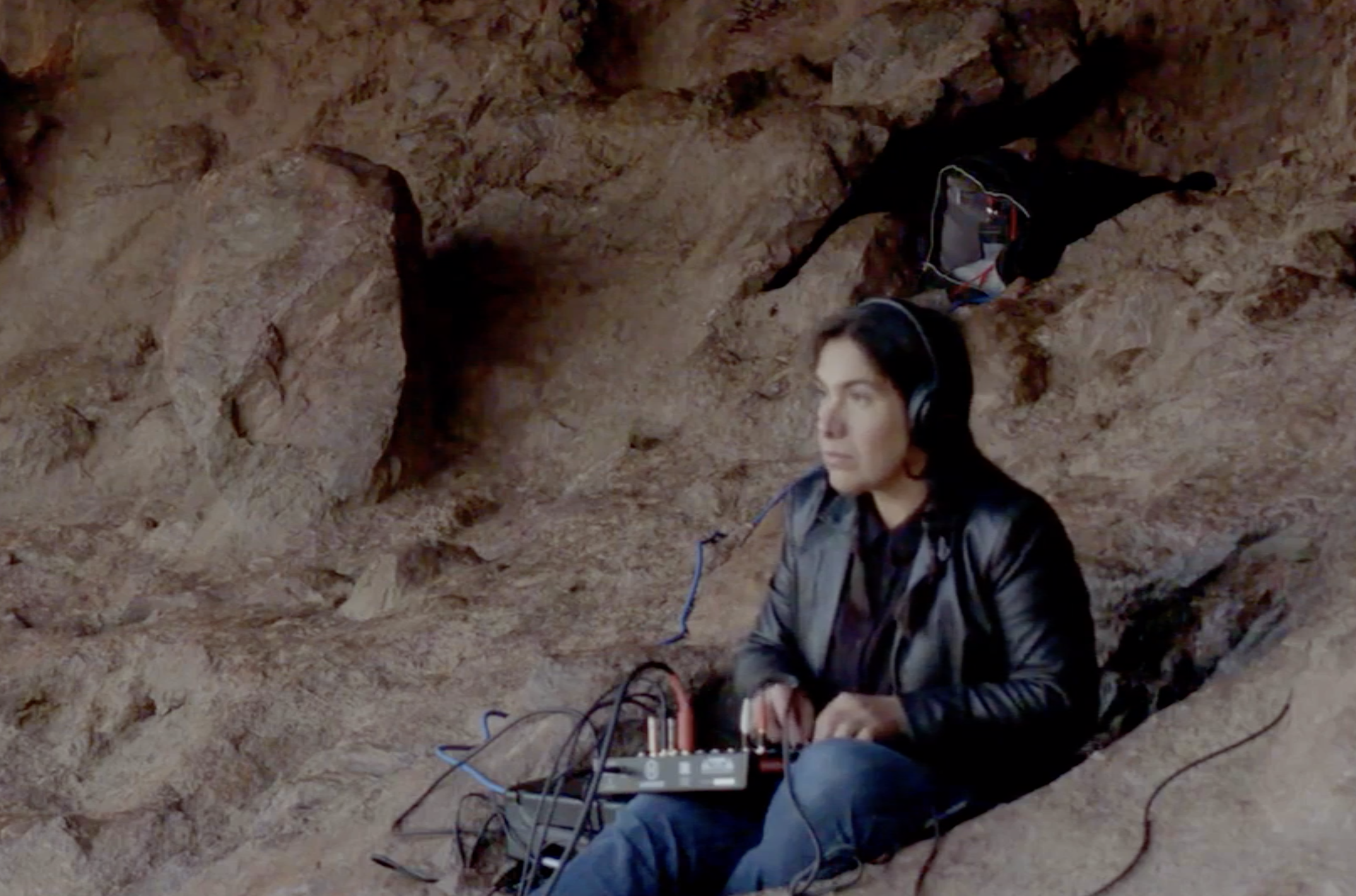
Tania Candiani/ASU Art Museum

Audio By Carbonatix
For most people, Hole in the Rock conjures images of sunny days spent hiking in Papago Park. The park has relatively easy trails, and the giant hole in the red rock frames the blue sky above and the Valley below.
But where some see a rock, the artist Tania Candiani sees source material for making art. She’s spent months developing a project called For the Animals, which conceives the geological formation as a giant speaker with sculptural properties. Candiani is based in Mexico City, but she’s been working with ASU Art Museum in Tempe to create a site-specific work that highlights perils facing people and animals migrating along the U.S.-Mexico border – including women and children fleeing poverty and violence in Central America.
The region has been the subject of heated political debate in recent years, especially among those who peddle fear of immigrants. But Candiani takes a longer view, considering ways the border wall affects the ancestral lands of the Tohono O’odham people and the animals who live there.
The artist left Arizona recently, returning home to Mexico City after finishing several elements involving art, sound, ecology, and technology. Julio César Morales, curator for the ASU Art Museum, worked with her on the project.
“We talked about the project five or six years ago, but Tania’s work was chosen for the 2015 Venice Biennial, so we had to pick it up again later,” he says. For the biennial, her work addressed capitalism, technology, and globalization – all themes that continue to resonate amid the new global pandemic. (Candiani’s exhibit won’t open in late March as expected now that the museum is on temporary hiatus due to public health guidelines surrounding the COVID-19 virus.)

Artist Tania Candiani mixing sound at Hole in the Rock.
ASU Art Museum
“For months we monitored the rock, looking at the weather and what the rock was composed of,” Morales says. “Tania created an instrument that touches the rock, using pistons and a microphone. Then she transformed the rock information into a musical score.”
Candiani worked with electronic musicians and plans to perform a related concert at an amphitheater near the Hole in the Rock in the coming months. Her collaborators include Cristobal Martinez, who founded a Phoenix-based artist-hacker performance ensemble called Radio Healer. “The technology didn’t exist before,” says Morales. “So Tania had to devise her own equipment.”
Candiani used the equipment to create a sound for six animals, including jaguars and wolves, whose habitats and migration patterns have been affected by the border wall. “Each sound has a different frequency,” Morales says, “created for a specific type of animal.”
She made videos of animals, as well – recorded at a local wildlife conservation center. The exhibit will include a three-channel video of animals and the landscape, and a two-channel video of Candiani doing a sound art performance at Hole in the Rock.
What she learns will inform the next phase of the project – composing animal-specific lullabies.
“I try to show the animals’ point of view,” Candiani says. “We need to understand how difficult it must be for them to pass through the borderlands in the face of human politics.”
But there’s another layer to her work. “I am not directly speaking about the situation at the border now, but it’s implied,” she explains. “Creating lullabies for the animals also works as a metaphor to turn our attention to the reality of migrating people.”
It’s too soon to know when the museum will reopen. But the work Candiani has undertaken here is a powerful reminder that more dialogue is needed about the impact of U.S. immigration policy on those wishing to cross the border, whether humans or animals.
It turns out that Hole in the Rock is an especially beautiful spot not just for hiking, but for opening up new conversations too.